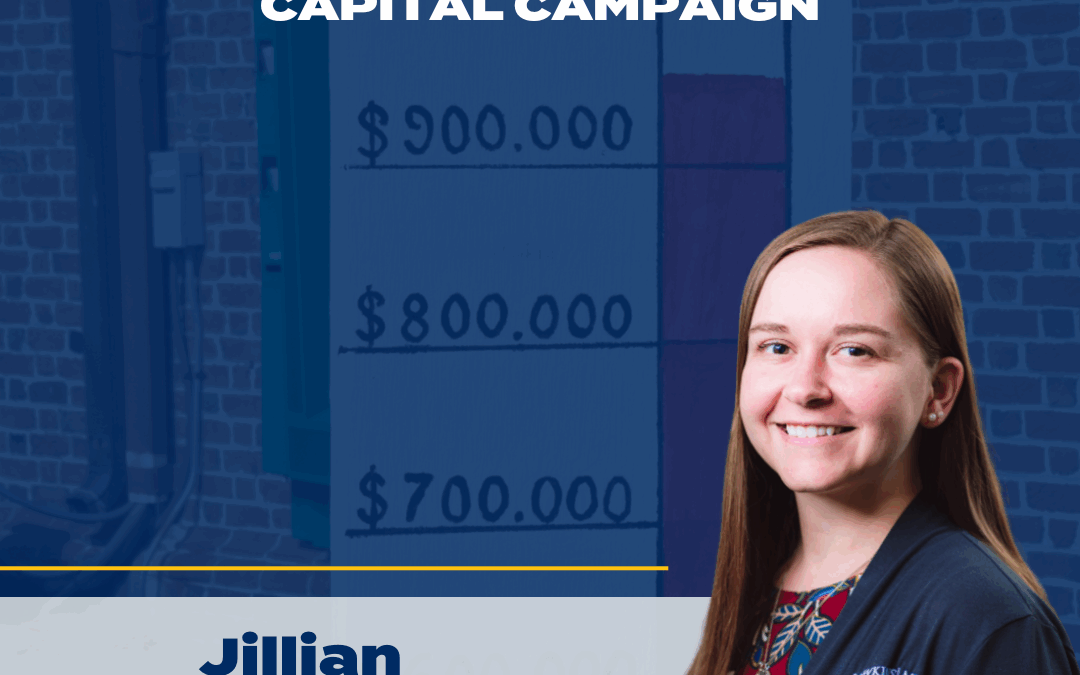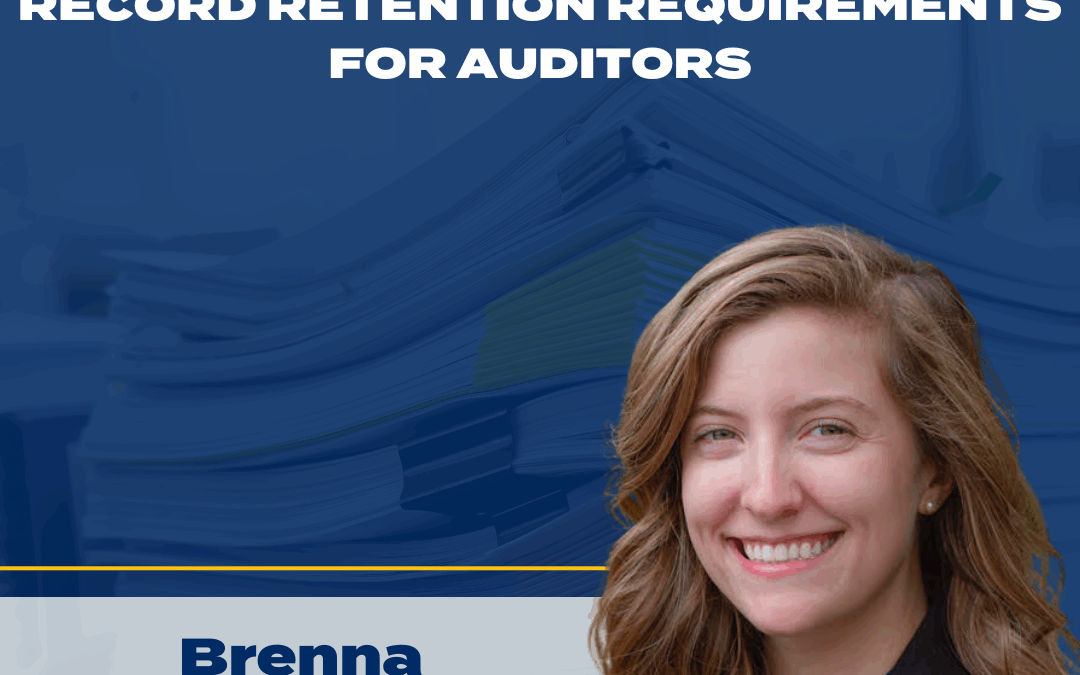In April 2024, the Office of Management and Budget (OMB) issued a final rule revising the Uniform Guidance that aimed to streamline federal grant management, enhance accountability, and reduce administrative burdens for recipients of federal funds. One of these changes increased the single audit threshold, and the type A program threshold, from $750,000 to $1,000,000. This means that an organization that expends $1,000,000 or more in Federal awards during their fiscal year would be required to have a single audit.
The effective date of this change is defined as, federal awards expended within a fiscal year for fiscal years beginning on or after October 1, 2024. In other words, the first audits that would be subject to this increase would be September 30, 2025, year ends.
In addition to the overall audit requirement threshold change, there are other changes to the Uniform Guidance that will also be effective.
Raising the de minimis indirect cost rate from 10% to 15%
For Federal grants awarded on or after October 1, 2024, the de minimis rate as been increased to 15% of Modified Total Direct Costs (MTDC). The de minimis rate is a simplified option that avoids the complexities of negotiating and managing a formal indirect cost rate. Organizations that are already subject to single audit should review their policies and potentially adjust future budgets and resource allocation for this change.
Adjusting the dollar value of equipment from $5,000 to $10,000
Organizations that want to increase their equipment capitalization thresholds from $5,000 to $10,000 can do so. It is important to remember to update capitalization policies to be consistent with the threshold that is chosen.
Procurement (Subpart D) Changes
Several changes were also made to procurement. The threshold for simplified acquisitions was increased to $500,000 and the threshold for micro-purchases was increased to $50,000. The prohibition on geographical preferences in bid evaluation was also eliminated. It is important to review your procurement policy and make any necessary changes to ensure it aligns with the new changes in guidance.
In addition to the numerous quantitative changes, there are also several qualitative changes to the Uniform Guidance that will become effective.
Plain language and accessibility
The revisions emphasize the use of plain language in Notices of Funding Opportunities (NOFOs). These are public documents released by federal agencies announcing their intent to award grants or cooperative agreements, often through a competitive application process. The NOFOs will also be streamlined and shortened. The goal of this change is to make NOFOs more accessible for organizations with limited capacity.
Disclosure of Violations
Recipients of federal funding are now required to promptly disclose credible evidence of violations of federal criminal law involving fraud, conflict of interest, bribery, or gratuity violations that could impact the award. Failure to comply with this requirement could result in suspension or debarment. Organizations should consider reviewing their policies for accepting gratuities or anything of monetary value and detailing in the policies consequences for employees that violate them.
Procurement Terminology
Changes in other areas of procurement were highlighted above. In addition, there were some changes in terminology. “Small purchases” will now be referred to as “simplified acquisitions.” Clarification was also provided that “micro-purchases” and “simplified acquisitions” are types of informal procurement methods for small purchases.
Other Policy Changes
The new guidance issued has some additional policy related changes. A requirement was added that a recipient or subrecipient of funding needs to take reasonable cyber security measures to safeguard information, including protected personal identifiable information. Each Organization should make sure to address computer and IT controls and have policies and procedures documented. Some examples of related policies and procedures are a policy for access review, program changes and program development; a policy on passwords; and a policy on the process when someone is terminated just to name a few.
Internal controls have always been required to be established and maintained. With the 2024 update, it is now also required to have them documented. Organizations should review any current documentation they have of internal controls, and when necessary, improve documentation of the processes/controls in place for cash receipts, cash disbursements, financial reporting close, and payroll.
Subrecipient Monitoring
In the updated guidance, grantors and awardees are required to have more robust monitoring of subrecipients. If a subrecipient has items that require corrective action, it is the grantor and/or awardee’s responsibility to follow up and make sure these items are addressed. Other monitoring activities can include reviewing financial and performance reports, conducting site visits, and verifying allowable costs and proper use of federal funds. There is now standard wording the pass through should be including on claim forms for subrecipients to sign as well.
Finally, it is important to note that there is a provision in the final rule that allows federal agencies to apply the change earlier, but not before June 21, 2024. This means there is a chance some June 30, 2025, year ends could be required to follow the new rules; however, this will depend on the federal agencies providing funding.
As always, your Hawkins Ash CPAs representative would be a great resource for any additional clarification that is needed on these changes.





